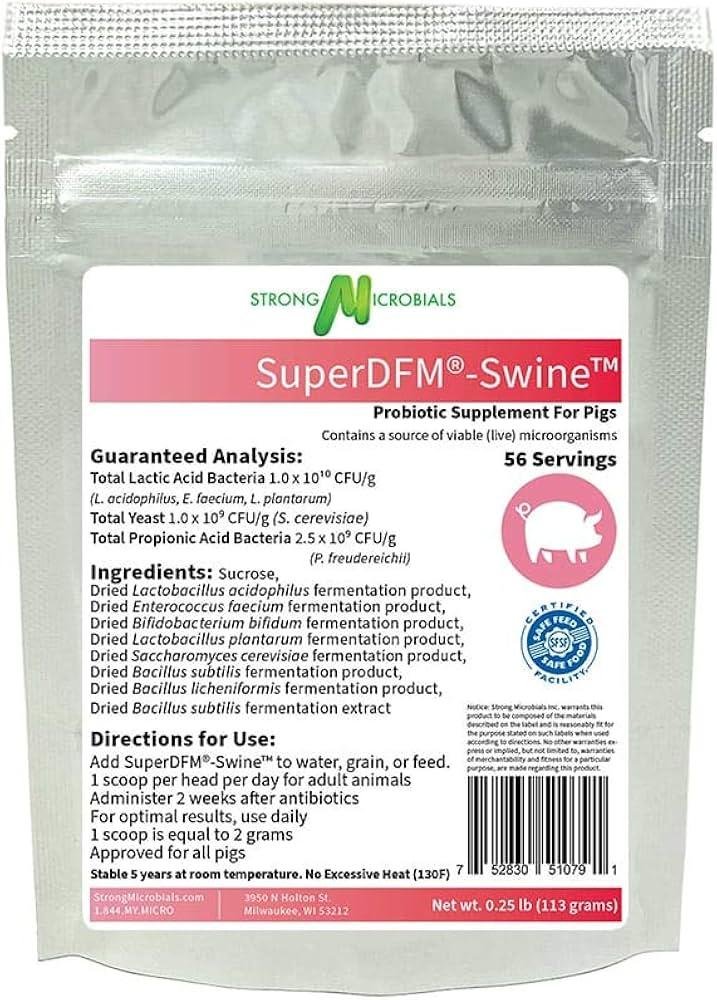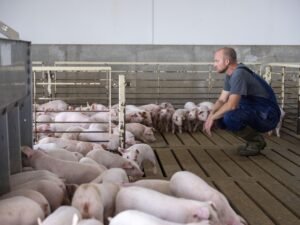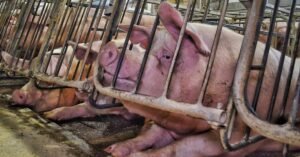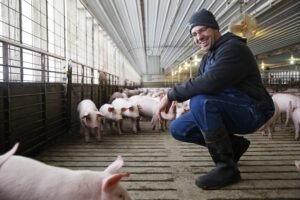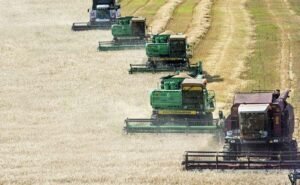Tailored probiotics, a quiet revolution in modern pig farming, slip into nutrient routines with far more subtlety than old monolithic feed additives. These specialized microbial blends do not just repel pathogens; instead, they bolster the gut barrier with precision—almost knitting a tighter physiological tapestry within swine intestinal tracts. Not so long ago, reliance on antibiotics seemed unstoppable; now there’s a swift decline in blanket antimicrobial usage. Farms chase microbial stability rather than just disease-free status.
At first glance, “gut integrity” may sound like industry jargon cooked up by marketing teams hunting for differentiation. In reality? It reflects an intricate web: enhanced mucosal tight junctions reduce both water loss and translocation of toxins. Improved impermeability outpaces mere pathogen suppression—CERTILLUS stands as one exhibit among several tailored consortia delivered to farms keen on nuanced biosecurity.
When considering sow health and subsequent piglet resilience, customized probiotics carve out multi-layered roles. Microbial supplementation during gestation sometimes increases sow feed uptake at the final stretch before farrowing—a curious finding since not all farms see identical responses every batch. It’s occasionally overlooked that these improvements percolate down the litter line: suckling piglets exposed to probiotic-fortified milk tend to demonstrate firmer body condition after weaning than those left unfortified.
Casting attention beyond sows and early life moments brings us straight into the midst of post-weaning chaos—a notoriously volatile period for any farm manager or animal caretaker familiar with edible disruptions and cascading stress events. Dropping antibiotics threw open Pandora’s Box; diarrhea outbreaks once surged like flood tides through nurseries but have become patchier now thanks to strategic probiotic deployment. Ameliorating stress-induced disruptions appears intertwined with immune modulation: less obvious shifts in cytokine expressions quietly shore up systemic defenses while volatile fatty acids drift upward in concentration.
Here’s where cognitive momentum tends to skip tracks—one moment considering gut architecture, next tumbling into economic oddities triggered by improved meat yields or slightly altered carcass grades due to smoother nutrient extraction. Some herds report elevated daily weight gains alongside reduced feed ration waste. Although you’d think disease reduction would always parallel better productivity curves directly, anecdotes exist where incremental health boosts lag marginally behind rising growth indices—a perplexity perhaps best chalked up to multifactorial farm environments rather than isolated probiotic action alone.
A crucial aspect regularly emerging from study summaries concerns environmental ramifications. Inconsistently regulated nitrogen outputs from manure are curbed indirectly by optimized digestion—the right strains steal away excess ammonia precursors before excretion climbs past regulatory red lines. While some might expect this would sharply improve air quality inside swine buildings each time without fail—it hasn’t always transpired as universally as papers imply; sometimes beneficial reductions play out slowly depending on housing design quirks or ventilation hiccups no microbe could overcome alone.
The idiom “don’t put all your eggs in one basket” resonates here because relying solely on Lactobacillus-based blends led a few integrators astray when other beneficial genera—Bifidobacterium or Bacillus variants—proved advantageous under entirely different barn management regimens. Hybrid consortia now blend metabolic activities across species niches (aromatic compound transformation overlaps with spore germination kinetics) producing unexpected synergies that weren’t exactly predicted when single-strain trials ruled research agendas decades back.
Small grammatical quirks seep into conversation around tailored probiotics too—as when discussing “antitoxin effect” which technically describes layered mechanisms spanning toxin sequestration and competitive exclusion dynamics—not everyone phrases it identically every symposium visit so subtle differences propagate through extension notes handed farmer-to-farmer without citation perfectly assigned each time.
Topic-wise it’s difficult sticking rigidly within a single narrative lane since next-generation genetic sequencing tools suddenly burst forth mid-decade allowing real-time tracking of introduced versus native strains during outbreaks—and yet mass adoption remains spotty since farm budgets cycle unpredictably alongside commodity prices that remain only loosely linked with input savings promised by softer morbidity numbers reported monthly instead of weekly expense sheets as some accountants would prefer.
Pig nutritionists recently likened tailormade microbiome solutions to jazz ensembles tuning themselves differently at sunrise depending on overnight weather changes affecting barn humidity levels (an analogy lost if one’s reference point is classical theory).
Brief mention belongs here about secondary impacts seen when manure-handling protocols adapt reactively to less fetid waste streams—not all composters thrive equally if pH tilts gently off former baselines set by grain-diet pigs untouched by supplementation cycles last generation knew well enough never needing adjustment at all hours of dusk.
By association more than structure and certainly without optimal flowchart logic: modern pig farming leans ever closer towards tailored biological partnerships rather than mere pharmacological opposition against disease threats lurking unseen yesterday but freshly mapped today via microbial census results cross-referenced over breakfast meetings balancing production targets south of old antibiotic norms nobody expects will return strong anytime soon—the wheel turns unpredictably but expertly guided hands still steer paddles steady enough downstream toward resilience swaddled both deep inside guts and wider ecological footprints bending steadily cleaner if never entirely straight ahead just yet

